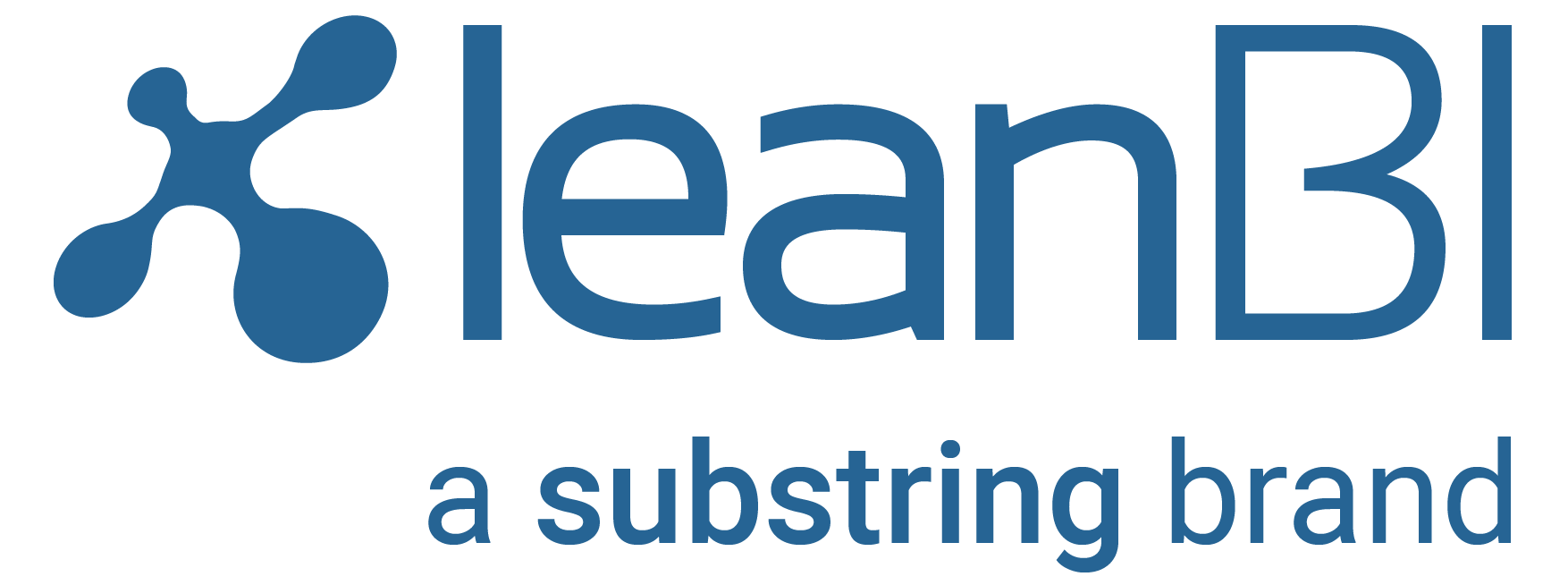Blog: Predictive Quality: Edge or Cloud Solution?
Predictive Quality: Edge or Cloud Solution?
Predictive quality applications are becoming increasingly important in production. The cloud offers a wide range of new possibilities, but when it comes to speed, it makes sense to rely on edge computing. In this blog, we show you how to use edge systems despite their lower computing power.
With predictive quality applications, companies can continuously optimize the quality of their products and processes. This also makes it possible to identify quality problems. The prerequisite for this is a machine learning process that can quickly predict problems such as jams on a machine or overheating of an electric motor. The analytics calculations of the algorithms required for this can be carried out both via edge computing and via a cloud platform. In the first part “Predictive Quality and Edge Computing“, we have shown you reasons why it is not advisable to use a cloud platform for time-critical use cases.
In this part, we explain how you can use edge systems despite lower computing power by optimizing machine learning models:
- Pruning: By simplifying, shortening, and optimizing the decision trees, the complexity of the input parameters can be reduced, thus requiring less computing power.
- Frameworks: The range of frameworks is wide and offers different advantages and disadvantages. With a framework such as Google’s Learn2Compress, the layers of deep learning models can be reduced in their breadth and depth, thus saving further computing power.
- Programming language: Machine learning models are usually written in the Python programming language. However, Python requires high processor and computing power. Compilers can be used to translate the code into a language that requires less processing power, such as C#.
With these tips, machine learning models can be optimized, and edge systems can be used. However, the efficiency of the cloud cannot be made possible by an edge solution. This is a major disadvantage, because the cloud often requires less computing capacity due to load balancing and is therefore more cost-effective than the edge solution.
Whether you choose a cloud or edge solution should depend on each specific case. A combination of the two solutions is also conceivable and possible. For example, the data can be prepared and pre-filtered at the edge and further processing can be done in the cloud.
Do you have any questions about the different options? Please feel free to contact us.
- Merger of Substring and LeanBI - December 31, 2023
- Blog: New optimization potentials thanks to AI and physical models - July 14, 2023
- Blog: Acceleration of development through AI and physical models - June 20, 2023

